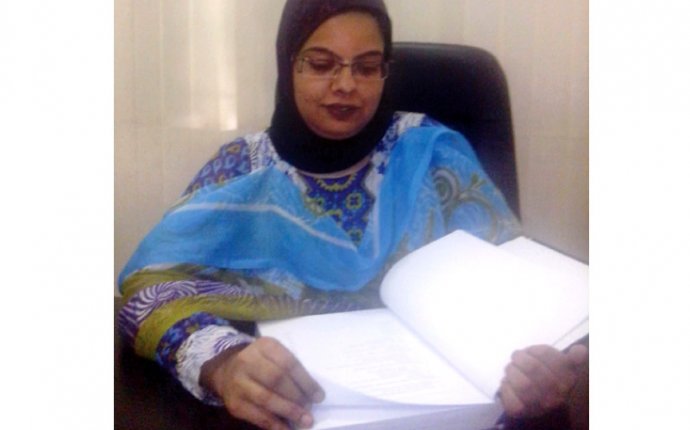
MS Astrophysics
There has never been a more exciting time to study the universe beyond the confines of the Earth. A new generation of advanced ground-based and space-borne telescopes and enormous increases in computing power are enabling a golden age of astrophysics. The MS program in astrophysical sciences and technology focuses on the underlying physics of phenomena beyond the Earth, and on the development of the technologies, instruments, data analysis, and modeling techniques that will enable the next major strides in the field. The multidisciplinary emphasis of this program, jointly offered by the Department of Physics, the School of Mathematical Sciences, and the Center for Imaging Science, sets it apart from conventional astrophysics graduate programs at traditional research universities.
Curriculum
The MS program comprises a minimum of 45 quarter credit hours of study. The curriculum consists of 27 quarter credit hours of core courses (including a three credit research graduate seminar sequence), a minimum of 12 quarter credit hours of graduate elective courses, and a research project culminating in a thesis (12 research credits).
Electives
Elective courses available to fulfill the minimum total of 27 quarter credit hours of course work include additional courses in astrophysics, detector development, digital image processing, computational techniques, optics, and entrepreneurship, among others. These may be courses offered by the astrophysical sciences and technology program or by other RIT graduate programs (e.g. imaging science, computer science, engineering).
Master's thesis
Typically following the first year, but sometimes initiated during the first year for well-prepared students, candidates begin a research project under the guidance of a faculty research adviser. A thesis committee is appointed by the program director, consisting of the student's adviser and at least two additional members, one of whom must be a program faculty member. The final examination of the thesis consists of a public oral presentation by the student, followed by questions from the audience. The thesis committee will privately question the candidate following the presentation. The committee will caucus immediately following the examination and thereafter notify the candidate and the program director of the results.
Semester conversion
Effective fall 2013, RIT will convert its academic calendar from quarters to semesters. Each program and its associated courses have been sent to the New York State Department of Education for approval of the semester plan. For reference, the following charts illustrate the typical course sequence for this program in both quarters and semesters. Students should consult their graduate program adviser with questions regarding planning and course selection.
Astrophysical sciences and technology, MS degree, typical course sequence (quarters)
| Course | Qtr. Cr. Hrs. | |
|---|---|---|
| First Year | ||
| 1060-701, 702, 703 | Graduate Research Seminar I, II, III | |
| 1060-710 | Mathematical and Statistical Methods for Astrophysics | |
| 1060-711 | Astronomical Observational Techniques and Instrumentation | |
| 1060-720 | Stellar Structure and Evolution I | |
| 1060-730 | Radiative Processes I | |
| 1060-740 | Galactic Astrophysics and the Interstellar Medium I | |
| 1060-750 | Extragalactic Astrophysics I | |
| Graduate Elective | ||
| Thesis | 12 | |
| Total Quarter Credit Hours | 45 | |
Astrophysical sciences and technology, MS degree, typical course sequence (semesters), effective fall 2013
| Sem. Cr. Hrs. | ||
|---|---|---|
| ASTP-613 | ||
| ASTP-617 | Astrophysical Dynamics | |
| ASTP-760 | Introduction to Relativity and Gravitation | |
| ASTP-601 | Graduate Seminar I | |
| ASTP-615 | Radiative Processes for Astrophysical Sciences | |
| Choose one of the following: | ||
| ASTP-610 | Mathematical Methods for the Astrophysical Sciences | |
| ASTP-611 | Statistical Methods for Astrophysics | |
| ASTP-730 | Stellar Structure and Atmospheres | |
| ASTP-602 | Graduate Seminar II | |
| Second Year | ||
| ASTP-740 | Galactic Astrophysics | |
| ASTP-790 | Research and Thesis | |
| ASTP-750 | Extragalactic Astrophysics | |
| Total Semester Credit Hours | 32 | |
Admission requirements
To be considered for admission to the MS program in astrophysical sciences and technology, a candidate must fulfill the following requirements:
- Hold a baccalaureate degree in physical science, mathematics, computer science, or engineering at an accredited college or university,
- Have a minimum undergraduate GPA of 3.2/4.0 in course work in mathematical, science, engineering, and computer subject areas,
- Submit official transcripts (in English) for all previously completed undergraduate and graduate course work,
- Submit two letters of recommendation,
- Submit scores from the Graduate Record Exam (GRE), and
- Complete a graduate application.
- International applicants whose native language is not English must submit scores from the Test of English as a Foreign Language (TOEFL). A minimum score of 550 (paper-based), 213 (computer-based), or 79 (Internet-based) is required. International English Language Testing System (IELTS) scores will be accepted in place of the TOEFL exam. Minimum scores will vary; however, the absolute minimum score required for unconditional acceptance is 6.5. For additional information about the IELTS, please visit www.ielts.org.
For candidates with a bachelor's degree in another area than those listed above, or lacking in adequate academic preparation, bridge and foundation course work may be necessary prior to full admission.
MS to Ph.D. transfer
Depending on each student's progress in their course work and the research project, students may be allowed to attempt the Ph.D. Qualifying Examination. On successfully passing the exam, students may choose to proceed to Ph.D. candidacy rather than accepting a terminal master of science degree. This is contingent on the availability of an adviser and research funding.











